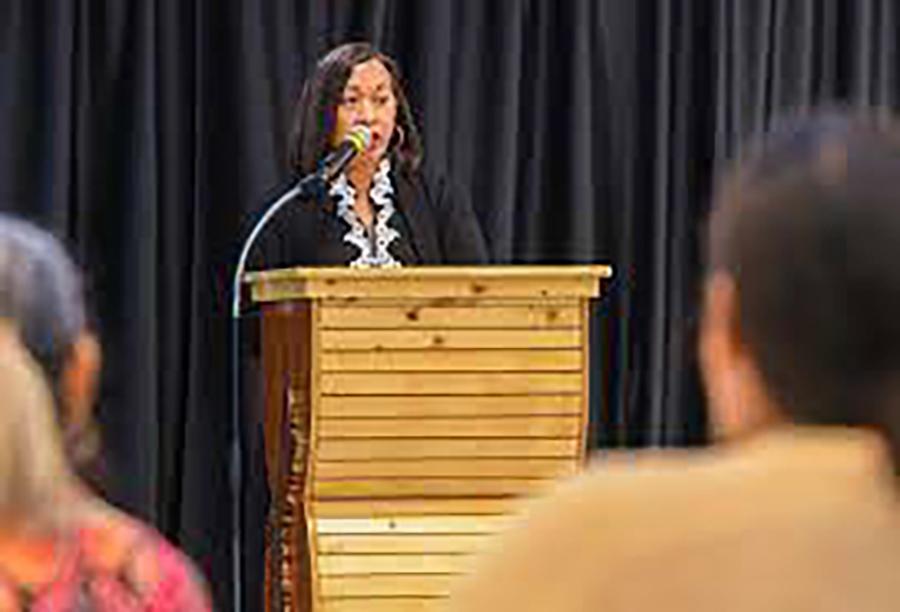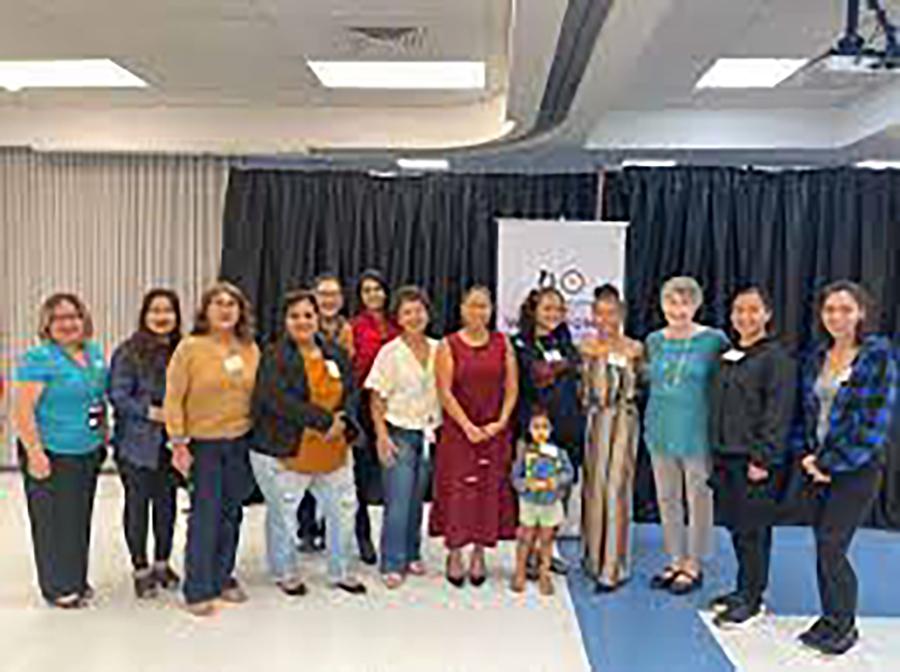ZERO WASTE INITIATIVES
By: R.D. Gibson
The United Nations Environment Programme’s website shares that “Every minute, the equivalent of one garbage truck of plastic is dumped into the ocean.” Earthday.org states it’s two garbage trucks. The UNEP’s website also shares that the world population creates about 2.24 billion tons of solid waste every year, and it could make its way up to 3.88 billion tons a year by 2050. Additionally, over 900 million tons of food is wasted annually.
Another recognition day has been added to the litany of days dedicated to environmentalism, protection, and stewardship: International Day of Zero Waste 2023. This day will launch at the end of the month - March 30, 2023. The United Nations Environment Programme’s website states, “Zero-waste initiatives can foster sound waste management and minimize and prevent waste. This contributes to reducing pollution, mitigating the climate crisis, conserving biodiversity, enhancing food security and improving human health.”
Zero-waste, as defined by the Zero-Waste International Alliance, is “the conservation of all resources by means of responsible production, consumption, reuse, and recovery of products, packaging, and materials without burning and with no discharges to land, water, or air that threaten the environment or human health” - and this is the latest in an evolution of the definition. How zero-waste has been explained and defined has been reviewed and revised since the ZWIA set out on their goal to create guidance for the development of goals throughout the world.
In addition to the seemingly endless information about zero-waste, a United Nation’s informational page focusing on the observance of International Day of Zero Waste shares information about community approaches to zero-waste and how there needs to be action throughout a community. This includes producing, consuming, and disposing responsibly with a concerted effort to reuse and recover resources as much as possible, and limiting pollution throughout.
Possibly one of the greatest marketing efforts was the alliteration of “Reduce, Reuse, Recycle” and the green triangle logo, which can be seen on numerous products, as well. The logo is one of the most recognizable insignias throughout the world, and its impact has been strong and long-lasting. Yet, communities still face excess waste, its removal, and the consequences that come with it. What more for an island that is over 200 square miles.
According to a report by the World Bank Group, What a Waste 2.0: A Global Snapshot of Solid Waste Management to 2050, just for some context - 2.26 kg, roughly 4.98 pounds, of waste is created every day per capita in Guam. The report, published in September 2018, also points out that a majority of the waste created within the East Asia and Pacific region is food waste at 53-percent - paper and cardboard is at 15-percent and plastic is at 12-percent.
It seems almost every thing purchased comes in a container, especially if it is a consumable. Unfortunately, it is not uncommon to see photos and videos circulate on the news or social media of trash left on the side of the road, illegal dumpsites hidden in the jungles, haphazardly abandoned vehicles and appliances on the side of the road, and even rubbish left at some of our island’s most enticing places - her beaches. There are events dedicated for community members gathering with gloves and trash bags to pick up waste left behind for whatever reason.
Guam’s waste is made up of 27-percent of organic material; 25-percent is plastic; and 15-percent is paper, according to the Guam Environmental Protection Agency’s Waste Characterization Study published in January 2020.
According to the United States Environmental Protection Agency’s website, Guam has defined zero-waste as “Zero Waste is a holistic approach to addressing the problem of unsustainable resource flows. Zero Waste encompasses waste eliminated at the source through product design and producer responsibility, and waste reduction strategies further down the supply chain such as recycling, reuse and composting.
“Communities and governments that implement Zero Waste Programs are striving to switch from long-term waste management through disposal or incineration to value-added resource recovery systems that will help build sustainable local economies.” This report can be found in the Guam Zero Waste Plan published on the Guam Environmental Protection Agency’s Issu.com page in 2014. However, the full report’s public remains limited.
The beginning of March usually rings in celebrations for Mes CHamoru. On March 1, 2023, a Zero-Waste Forum was held at the Hyatt Regency Guam. The forum is part of Executive Order 2019-28, which created the Zero Waste Guam Working Group composed of the Guam EPA Administrator, the Director of Bureau of Statistics and Plans, the General Manager of the Port Authority of Guam, and the Director of Public Works. It was signed on December 23, 2019 by Governor Lou Leon Guerrero, and in it lists key pieces of information as to the importance and implementation of this Zero Waste Forum, including a mission statement for the Zero Waste Guam Working Group.
“It is the purpose and objective of the Zero Waste Working Group to have the responsibility for developing, making recommendations for adoption of and then overseeing all aspects of implementation of the Guam Zero Waste Master Plan including developing the outreach and public education components required to raise public awareness, to share knowledge and transfer information to the community and to the broader pacific.”
FEATURE STORY facebook.com/GuamContractors MARCH 2023 CONSTRUCTION NEWS BULLETIN 15
The ZWWG Forum’s programme asserts how zero waste strategies are quick and cost-effective in building community resilience, contending against climate change, and protecting our island for future generations. “On island with limited land and deep respect for human health and the environment, the Zero Waste concept is the framework for conserving resources utilizing responsible production, consumption, reuse, and recovery of products, packaging, and materials without burning or discharging into our land, water, or air,” it states in the forum’s programme.
The ZWWG Forum’s programme asserts how zero waste strategies are quick and cost-effective in building community resilience, contending against climate change, and protecting our island for future generations. “On an island with limited land and deep respect for human health and the environment, the Zero Waste concept is the framework for conserving resources utilizing responsible production, consumption, reuse, and recovery of products, packaging, and materials without burning or discharging into our land, water, or air,” it states in the forum’s programme.
industrial revolution mindset that the Earth’s resources are limitless to never ending economic growth,” Perez emphasized.
industrial revolution mindset that the Earth’s resources are limitless to support never ending economic growth,” Perez emphasized.
“It will truly take a mindful and collective approach to attain zero waste,” Perez added. Sen. Perez pointed to the baby steps many have taken in the revitalization of cultural practices in our community and she connected how these same steps make up the ‘path to the reclamation of sustainability and beginning to achieve Zero Waste.’
“It will truly take a mindful and collective approach to attain zero waste,” Perez added. Sen. Perez pointed to the baby steps many have taken in the revitalization of cultural practices in our community and she connected how these same steps make up the ‘path to the reclamation of sustainability and beginning to achieve Zero Waste.’
The ZWWGF programme addressed challenges our island has faced and continues to experience. Specifically, it mentioned how the Integrated Solid Waste Management Plan has not been updated since 2006, and how the Government of Guam has not done so every five years as mandated.
The ZWWGF programme addressed challenges our island has faced and continues to experience. Specifically, it mentioned how the Integrated Solid Waste Management Plan has not been updated since 2006, and how the Government of Guam has not done so every five years as mandated.
Additionally it points to the construction of an additional cell at the Layon Municipal Solid Waste Landfill, which will ultimately cost taxpayers an estimated $30 million with a 10-year life expectancy. The EO purports that the lifespan of the landfill can be extended with effective waste reduction, recycling, resource recovery, and beneficial reuse programs like those found in the Zero Waste Strategy.
Additionally it points to the construction of an additional cell at the Layon Municipal Solid Waste Landfill, which will ultimately cost taxpayers an estimated $30 million with a 10-year life expectancy. The EO purports that the lifespan of the landfill can be extended with effective waste reduction, recycling, resource recovery, and beneficial reuse programs like those found in the Zero Waste Strategy.
Governor Lou Leon Guerrero shared how this time of recovery in a post-COVID Guam is a period of transformation; of facing challenges with informed, innovative thinking, and looking at problems differently than before. “As we emerge from the hardship and the disruption of Covid, we now have the opportunity, probably the greatest opportunity we have had in a long time, to do more than just return to the way things were,” stated Governor Leon Guerrero, “We have it in our power to set a new, better, and smarter course for Guam’s future.”
Governor Lou Leon Guerrero shared how this time of recovery in a post-COVID Guam is a period of transformation; of facing challenges with informed, innovative thinking, and looking at problems differently than before. “As we emerge from the hardship and the disruption of Covid, we now have the opportunity, probably the greatest opportunity we have had in a long time, to do more than just return to the way things were,” stated Governor Leon Guerrero, “We have it in our power to set a new, better, and smarter course for Guam’s future.”
Governor Lou Leon Guerrero stated in a release, ““Our administration is committed to implementing zero waste initiatives to protect and preserve Guam’s precious natural resources for generations to come.” She continued, “As we lead the transition of the Guam Solid Waste Management Authority from federal receivership, we have an incredible opportunity to discuss real-world, actionable strategies that work to mitigate climate change and build resiliency.”
Governor Lou Leon Guerrero stated in a release, ““Our administration is committed to implementing zero waste initiatives to protect and preserve Guam’s precious natural resources for generations to come.” She continued, “As we lead the transition of the Guam Solid Waste Management Authority from federal receivership, we have an incredible opportunity to discuss real-world, actionable strategies that work to mitigate climate change and build resiliency.”
The Zero Waste Program was a topic of discussion, which Governor Leon Guerrero put center stage of her remarks. The ZWP is a solid waste initiative led by the Zero Waste Working Group and chaired by First Gentlemen Jeff Cook. The Governor shared how the focus isn’t merely just about disposal, but about finding alternatives for a Green Economy. She shared these initiatives and alternatives would “create more private sector jobs, reduce the cost of living, and help minimize supply chain issues that increasingly are becoming a permanent part of modern life.”
The Zero Waste Program was a topic of discussion, which Governor Leon Guerrero put center stage of her remarks. The ZWP is a solid waste initiative led by the Zero Waste Working Group and chaired by First Gentlemen Jeff Cook. The Governor shared how the focus isn’t merely just about disposal, but about finding alternatives for a Green Economy. She shared these initiatives and alternatives would “create more private sector jobs, reduce the cost of living, and help minimize supply chain issues that increasingly are becoming a permanent part of modern life.”
Governor Josh Tenorio added, “Together with the Zero Waste Working Group and stakeholders, we are providing sustainable solutions and lasting investments to realize a greener Guam through a whole-systems approach and a circular economy.” He added, “The forum discussions will underscore zero-waste initiatives as among the fastest and most cost-effective ways to address climate events, and the steps we’ve taken to engage as partners in this mission.”
Lt. Governor Josh Tenorio added, “Together with the Zero Waste Working Group and stakeholders, we are providing sustainable solutions and lasting investments to realize a greener Guam through a whole-systems approach and a circular economy.” He added, “The forum discussions will underscore zero-waste initiatives as among the fastest and most cost-effective ways to address climate events, and the steps we’ve taken to engage as partners in this mission.”
Legislative Chairperson on Environment, Senator Sabina Perez’s advocacy for the environment is strengthened by her legislation, which includes Public Law 36-61 focusing on illegal dumping and Public 35-37, which finally allowed the adoption of rules and regulations for the Recycling Revolving Fund, to name a few.
As Legislative Chairperson on Environment, Senator Sabina Perez’s advocacy for the environment is strengthened by her legislation, which includes Public Law 36-61 focusing on illegal dumping and Public Law 35-37, which finally allowed for the adoption of rules and regulations for the Recycling Revolving Fund, to name a few.
her remarks, she stated how fitting it was that the conference kicked off the same day as the beginning of Mes CHamoru, as the island has seen a revival of numerous CHamoru cultural and traditional practices in the last couple decades. Sen. Perez emphasized how sustainability is one of the most important cultural aspects for the ancient CHamoru people. “We cannot continue to operate with the
In her remarks, she stated how fitting it was that the conference kicked off the same day as the beginning of Mes CHamoru, as the island has seen a revival of numerous CHamoru cultural and traditional practices in the last couple of decades. Sen. Perez emphasized how sustainability is one of the most important cultural aspects for the ancient CHamoru people. “We cannot continue to operate with the
In addition to the Zero Waste Program, she spoke about the Guahan 2050 Sustainability Plan, which is funded by the Office of Insular Affairs Technical Assistance Program. Funds were awarded in August 2021, and the Governor entrusted the plan to the Bureau of Statistics and Plans according to a release from the Governor’s Office In February 2022, a Request For Proposals was announced for the above-mentioned sustainability plan. In the release announcing the RFPs, Governor Leon Guerrero stated, “Our objective is to achieve a truly sustainable community that will safeguard our resources and quality of life for all the people of Guam.” The release stated the plan will cover a variety of topics, including land use, transportation, public facilities, housing, conservation, tourism, sustainable development policy, capital improvements, community mental health, and indigenous connections and rights.
In addition to the Zero Waste Program, she spoke about the Guahan 2050 Sustainability Plan, which is funded by the Office of Insular Affairs Technical Assistance Program. Funds were awarded in August 2021, and the Governor entrusted the plan to the Bureau of Statistics and Plans according to a release from the Governor’s Office In February 2022, a Request For Proposals was announced for the above-mentioned sustainability plan. In the release announcing the RFPs, Governor Leon Guerrero stated, “Our objective is to achieve a truly sustainable community that will safeguard our resources and quality of life for all the people of Guam.” The release stated the plan will cover a variety of topics, including land use, transportation, public facilities, housing, conservation, tourism, sustainable development policy, capital improvements, community mental health, and indigenous connections and rights.
It is easy to fall down the waste rabbit hole on Guam, which consists of advisory groups, conservation, recycling, ‘the dump’, Guam Zero Waste Plan, etcetera. There is just so much information about waste in Guam, which makes sense given how much space
It is easy to fall down the waste rabbit hole on Guam, which consists of advisory groups, conservation, recycling, ‘the dump’, Guam Zero Waste Plan, etcetera. There is just so much information about waste in Guam, which makes sense given how much space
FEATURE STORY 16 www.guamcontractors.org MARCH 2023 CONSTRUCTION NEWS BULLETIN
there actually is here and what our community is doing to overhaul this issue. The previously-mentioned Waste Characterization Study points to how 40-percent of the waste was recyclable and 27-percent was organic, therefore compostable. This presents opportunities to reduce waste in the landfill. Additionally, it was noted how the ban on several items, like green waste, ferrous metals, and electronics has helped in landfill diversion.
there actually is here and what our community is doing to overhaul this issue. The previously-mentioned Waste Characterization Study points to how 40-percent of the waste was recyclable and 27-percent was organic, therefore compostable. This presents opportunities to reduce waste in the landfill. Additionally, it was noted how the ban on several items, like green waste, ferrous metals, and electronics has helped in landfill diversion.
According to a November press release from the Guam Environmental Protection Agency, Guam’s recycling rate was 29.21-percent, a 2.81 percentage increase from the previous year. This recycling rate encompasses all eligible waste, which includes cardboard, mixed paper, aluminum cans, plastics, tires, and others. Since 2011 when the Guam EPA began tracking recycling, the rate has significantly increased from 17.85-percent. Currently, the national recycling rate in the United States is 32-percent.
According to a November press release from the Guam Environmental Protection Agency, Guam’s recycling rate was 29.21-percent, a 2.81 percentage increase from the previous year. This recycling rate encompasses all eligible waste, which includes cardboard, mixed paper, aluminum cans, plastics, tires, and others. Since 2011 when the Guam EPA began tracking recycling, the rate has significantly increased from 17.85-percent. Currently, the national recycling rate in the United States is 32-percent.
Walter Leon Guerrero, the Administrator at the Guam Environmental Protection Agency, provided remarks at the Zero Waste Forum, as well. He emphasized how sustainability has been part of our island’s history long before the Europeans arrived.
Walter Leon Guerrero, the Administrator at the Guam Environmental Protection Agency, provided remarks at the Zero Waste Forum, as well. He emphasized how sustainability has been part of our island’s history long before the Europeans arrived.
“Long before they were buzzwords and movements, ‘sustainability', ‘zero waste’, ‘greening’ and ‘circular economies’ were ways of life” for the ancient CHamorus,” stated Leon Guerrero. He further cited several traditional practices of the people of Guam, which required them to use all-natural, renewable materials, including building their homes and agriculture - “sustainability is part of our DNA,” he stressed.
“Long before they were buzzwords and movements, ‘sustainability', ‘zero waste’, ‘greening’ and ‘circular economies’ were ways of life” for the ancient CHamorus,” stated Leon Guerrero. He further cited several traditional practices of the people of Guam, which required them to use all-natural, renewable materials, including building their homes and agriculture - “sustainability is part of our DNA,” he stressed.
Zero waste calls for action; action to be taken throughout the community as a way of ensuring a sustainable way of life for all. Recycling, composting food waste, finding ways of reusing items to ensure little to no waste in our landfill, etcetera are small yet impactful ways that can only bolster the zero waste initiatives already on our island; and organizations and industries have heard this call to action to take initiative.
Zero waste calls for action; action to be taken throughout the community as a way of ensuring a sustainable way of life for all. Recycling, composting food waste, finding ways of reusing items to ensure little to no waste in our landfill, etcetera are small yet impactful ways that can only bolster the zero waste initiatives already on our island; and organizations and industries have heard this call to action to take initiative.
In his remarks, Leon Guerrero even pointed to the construction industry. “[It] has begun taking systemic approaches to demolition and construction debris management, incorporating a percentage of demolition debris to be repurposed into final project designs,” he stated. Surely there are other sustainable practices in the industry already being used.
In his remarks, Leon Guerrero even pointed to the construction industry. “[It] has begun taking systemic approaches to demolition and construction debris management, incorporating a percentage of demolition debris to be repurposed into final project designs,” he stated. Surely there are other sustainable practices in the industry already being used.
to reduce energy consumption and toxic waste.” This mindful look at construction is important to decrease the industry’s impact on the environment.
to reduce energy consumption and toxic waste.” This mindful look at construction is important to decrease the industry’s impact on the environment.
According to the article, the construction industry is a big contributor to waste in landfills, pollution in the air, and climate change, especially since the industry produces a huge amount of waste. Part of addressing this includes implementing some methods the article also shared, which include limiting and choosing sustainable/recyclable materials, controlling waste through recycling, building green buildings and repurposing old structures, as well as conserving energy.
According to the article, the construction industry is a big contributor to waste in landfills, pollution in the air, and climate change, especially since the industry produces a huge amount of waste. Part of addressing this includes implementing some methods the article also shared, which include limiting and choosing sustainable/recyclable materials, controlling waste through recycling, building green buildings and repurposing old structures, as well as conserving energy.
It is about answering this call to action though. As communities grow and develop, they need to prioritize and learn collectively about how to do so sustainably for the future. For the industry, maybe it is reevaluating project design; maybe it is building with renewable, reusable materials; maybe it is disposing of waste and materials appropriately and revisiting what may be recyclable or reusable.
It is about answering this call to action though. As communities grow and develop, they need to prioritize and learn collectively about how to do so sustainably for the future. For the industry, maybe it is reevaluating project design; maybe it is building with renewable, reusable materials; maybe it is disposing of waste and materials appropriately and revisiting what may be recyclable or reusable. ***
***
No matter how you look at the issue, it goes without saying that waste affects and is affected by everybody. At the core of the discussion is making the right decisions, the right choices, for our environment, for sustainability, for the next generation who will inherit what is left behind. It might sound cliché, but we owe it to our community, to each other, to our posterity, and to the ancestors who gave this space to us. The ancestors who instilled in us resiliency, something that always seems to come up around this time of year.
No matter how you look at the issue, it goes without saying that waste affects and is affected by everybody. At the core of the discussion is making the right decisions, the right choices, for our environment, for sustainability, for the next generation who will inherit what is left behind. It might sound cliché, but we owe it to our community, to each other, to our posterity, and to the ancestors who gave this space to us. The ancestors who instilled in us resiliency, something that always seems to come up around this time of year.
That is how we celebrate Mes CHamoru. Though celebrations are only for a month, it should be celebrated every day as a way for us to remember and honor our ancestors whose traditional, sustainable practices are seeing a resurgence and live on in the 21st century. Our island has persevered through many catastrophes - be it man-made or natural. However, the people’s resilience always manages to strengthen and shine through in the end.
That is how we celebrate Mes CHamoru. Though celebrations are only for a month, it should be celebrated every day as a way for us to remember and honor our ancestors whose traditional, sustainable practices are seeing a resurgence and live on in the 21st century. Our island has persevered through many catastrophes - be it man-made or natural. However, the people’s resilience always manages to strengthen and shine through in the end.
In a November 2021 article by Chris Jackson for Construction21.org, it discusses what sustainable construction is, some methods, and the benefits. Jackson defined sustainable construction as “using renewable and recyclable materials on building projects
In a November 2021 article by Chris Jackson for Construction21.org, it discusses what sustainable construction is, some methods, and the benefits. Jackson defined sustainable construction as “using renewable and recyclable materials on building projects
Many in our community have such high expectations for future prospects with regard to development and economic growth, and Governor Leon Guerrero echoed that in her remarks. “... Economic growth that is not sustainable only leads to more problems than it solves,” she opined. “On an island with limited land space, it is clear that our path forward must be towards creating a sustainable community for our families and future generations.”
Many in our community have such high expectations for future prospects with regard to development and economic growth, and Governor Leon Guerrero echoed that in her remarks. “... Economic growth that is not sustainable only leads to more problems than it solves,” she opined. “On an island with limited land space, it is clear that our path forward must be towards creating a sustainable community for our families and future generations.”
Let’s not let them down!
Let’s not let them down!
FEATURE STORY facebook.com/GuamContractors MARCH 2023 CONSTRUCTION NEWS BULLETIN 17


The effects of COVID-19 have arguably impacted every construction project on Guam for nearly three years now. This is despite the fact that in Guam, construction activities had been declared an essential activity for construction workers on military bases, allowing work to proceed even in light of government mandated restrictions. However, just because the work was not directly or officially suspended or stopped, the impacts were still very real for most projects. Indirect impacts certainly existed, such as the non-availability of labor due to illness or contact with someone who tested positive for COVID, restricted access to the work, supply chain disruptions, quarantine restrictions, and the list goes on.
From a historical timeline perspective, the major governmental actions in response to COVID occurred as follows:
• March 15, 2020: The Governor issues public health emergency declaration.
• March 17, 2020, Naval Base Guam and Anderson Air Force Base limit base access.
• March 20, 2020: Governor 's executive order shuts down nonessential businesses and gatherings.
• April 30, 2020: The Governor signs Executive Order 2020-11 establishing a four-step Pandemic Conditionof Readiness (PCOR) system ranging from maximum restrictions at 1 to no restrictions at 4.

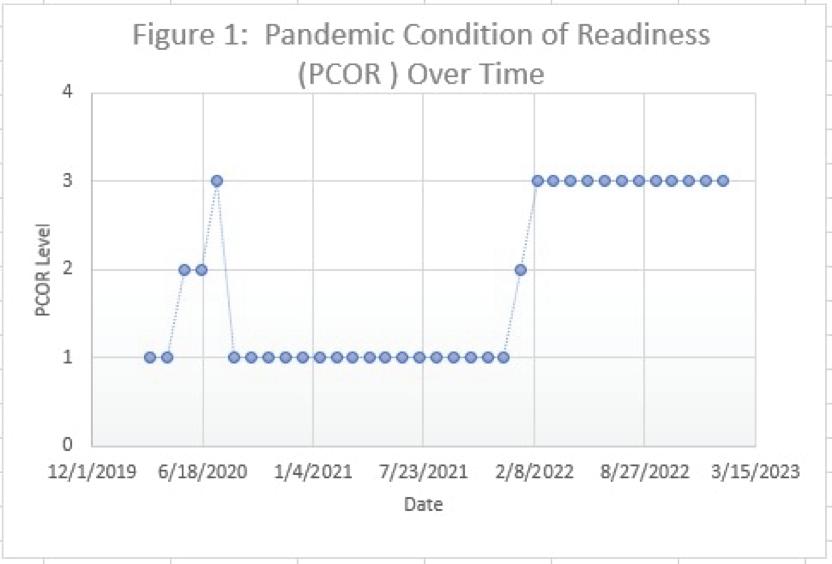
• May 10, 2020:Guam moved to PCOR 2.
• July 20, 2020: Guam moved to PCOR 3.
• August 14, 2020: Guam moved to PCOR 1.
• August 20, 2020: Base installations set to Health Protection Condition (HPCON) C.
• January 15, 2022: Guam moved to PCOR 2.
• February 21, 2022: Guam moved to PCOR 3.
• March 29, 2022, individuals arriving in Guam on domestic or international flights are no longer subject to quarantine.
• January 6, 2023: The state of public health emergency in Guam is lifted
emergency initially established almost three years earlier, on March 15, 2020.
Project delays resulting from such impacts are excusable under Federal contracts and as such, time lost should be recoverable. FAR 52.249-10 (Default - Fixed Priced Construction) prohibits the government from terminating a contract for default or from assessing damages for late completion should delays be beyond the control and without the fault or negligence of the Contractor. Specifically, the default clause cites eleven examples of excusable delay which include, (vi) epidemics and (vii) quarantine restrictions, both of which directly relate to COVID-19. As such, contractors should not have had any difficulty in obtaining some relief by receiving a no cost extension of time under this clause.
However, providing a no cost time extension is all well and good, but what about entitlement to compensable time, particularly for those contracts that were awarded prior to or shortly after the pandemic started and for which the impacts could not have been anticipated in magnitude or duration at the time bids were being prepared?
Now, after an extended pandemic, we have two recent decisions from the Armed Services Board of Contract Appeals (Board) relating to compensable delay claims associated with COVID that help to shed light on the compensability of COVID claims.
The recent Board decisions are examples where the Air Force (v APTIM Federal Services LLC - ASBCA 62982) and Army (v JE Dunn Construction Co. - ASBCA 62936) both prevailed in defending the contracting officer's decision to deny a claim for compensable damages resulting from government mandated suspension of base access in an attempt to help stem the spread of COVID. Both the Air Force and Army used the Sovereign Acts Doctrine as their primary defense. Some key takeaways from the decisions are:
The Sovereign Acts Doctrine is an affirmative defense; therefore, the burden of proof remains with the government when using this defense. For a sovereign acts defense, the government must prove i) the governmental action was public and general and ii) the act must render the performance of the contract impossible.
As can be seen from figure 1 above, the most restrictive period in Guam occurred over a seventeen-month period between August 14, 2020 to January 14, 2022. On January 6, 2023, the Governor lifted the public health
Both APTIM and Dunn argued that the government failed to prove the second prong of the sovereign acts defense, that performance was impossible. In, APTIM, the appellant argued that impossibility of performance was not proven by the Air Force and could therefore not prevail in their affirmative defense, for which the Board countered by averring that proof was unnecessary, stating; "[The] impracticability of the performance [was] plain: the government cannot allow [appellant] to proceed
FEATURE STORY facebook.com/GuamContractors MARCH 2023 CONSTRUCTION NEWS BULLETIN 19
[with its contractual work]...without violating the law". In Dunn, the appellant argued that performance was not impossible because less restrictive measures could have been implemented to protect the public and still allow work to continue. In this case, the Board did not directly address the argument of impossibility of performance but rather opined that the appellant failed to demonstrate that it would have suffered less damages with lesser restrictions, and therefore failed in proving that any damages were suffered by implementation of the full restrictions.
In both cases, impossibility of performance was attacked as the weak link in a Sovereign Acts Doctrine defense and, in both cases, the Board creatively sidestepped the fact that impossibility of performance was not actually demonstrated by the Government, which allowed the Government to prevail. As cases become more complicated and larger in dollar value, I can easily envision where impossibility of performance cannot be proven by the government, as it their burden to prove and contractors will begin to prevail in compensability claims caused by COVID.
For example, in situations where access restrictions implemented under a contract were based on the Contracting Officer’s personal interpretation of a policy issued by a base commander and where other viable options existed that would have allowed the work to proceed (similar to Dunn). Keep in mind that Dunn may have prevailed had they been able to show damages.
Another potentially compensable situation is where the Contracting Officer specifically directed actions to be taken. Secretary of Defense letter dated 3/30/2020 states:
“Where the contracting officer directs changes in the terms of contract performance, which may include recognition of COVID-19 impacts on performance under that contract, the contractor may also be entitled to an equitable adjustment to contract price using the standard FAR changes clauses”


In my opinion, this letter clearly provides compensability of impacts caused by COVID when the Contracting Officer directs specific performance.
It will be interesting to see how more complicated and fact specific compensability claims will be adjudicated in the future, but I fully expect, given the right set of circumstances and facts, contractors will likely prevail in certain COVID-related compensability claims.
About the Author:
Nickolas Florez is a Certified Forensic Claims Consultant and former Contracting Officer with both NAVFAC & USACE with over 35 years in construction and contracting 671-682-9020
FEATURE STORY

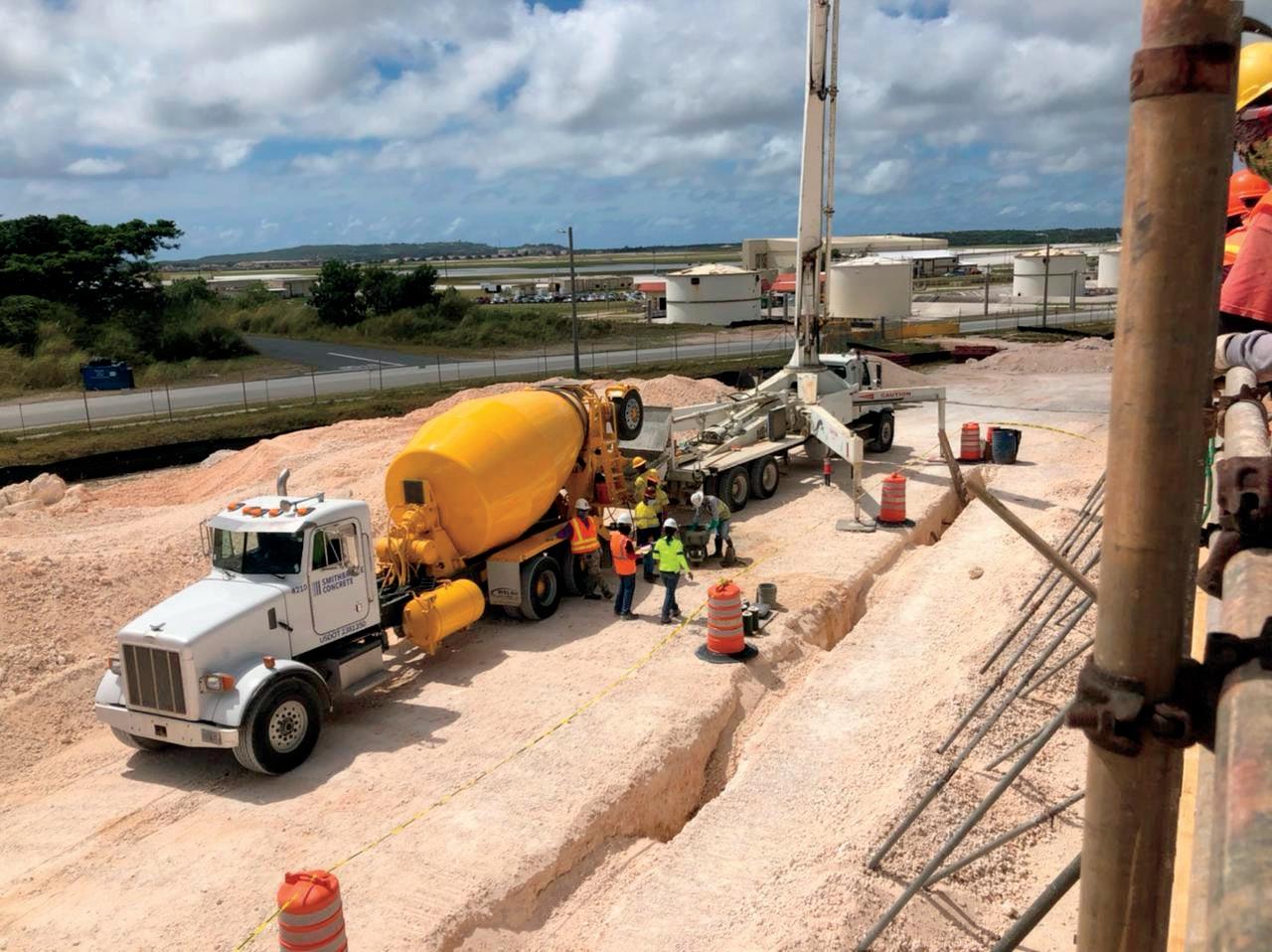



FULL-SERVICE GUAM CONSTRUCTION CONTRACTOR
smithbridgeguam.com
(671) 653 5036 admin@smithbridge.net
February 22nd, 2023 Hyatt Regency Guam


22 PHOTO HIGHLIGHTS www.guamcontractors.org MARCH 2023 CONSTRUCTION NEWS BULLETIN
S.A.M.E. Joint Luncheon



PHOTO HIGHLIGHTS 13





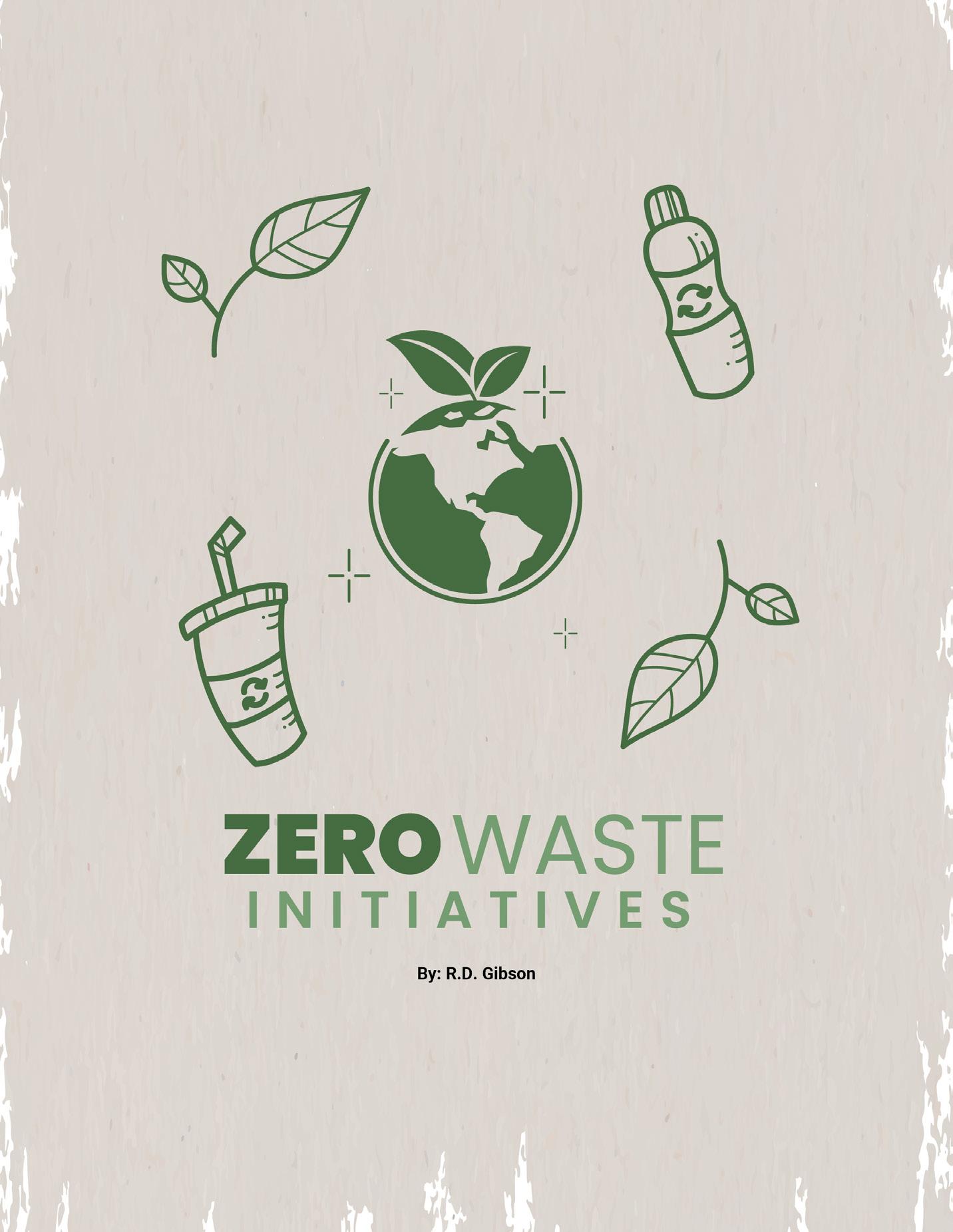
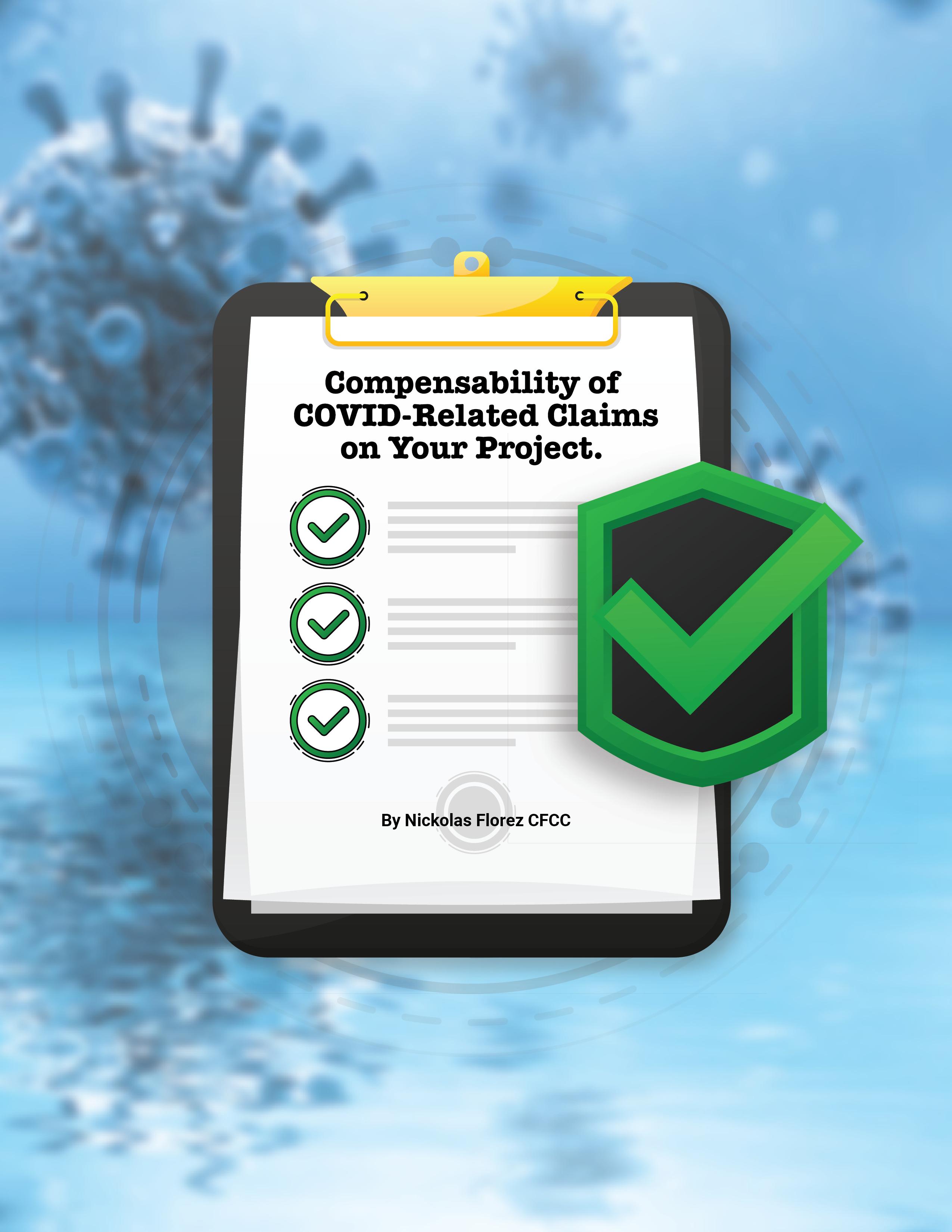







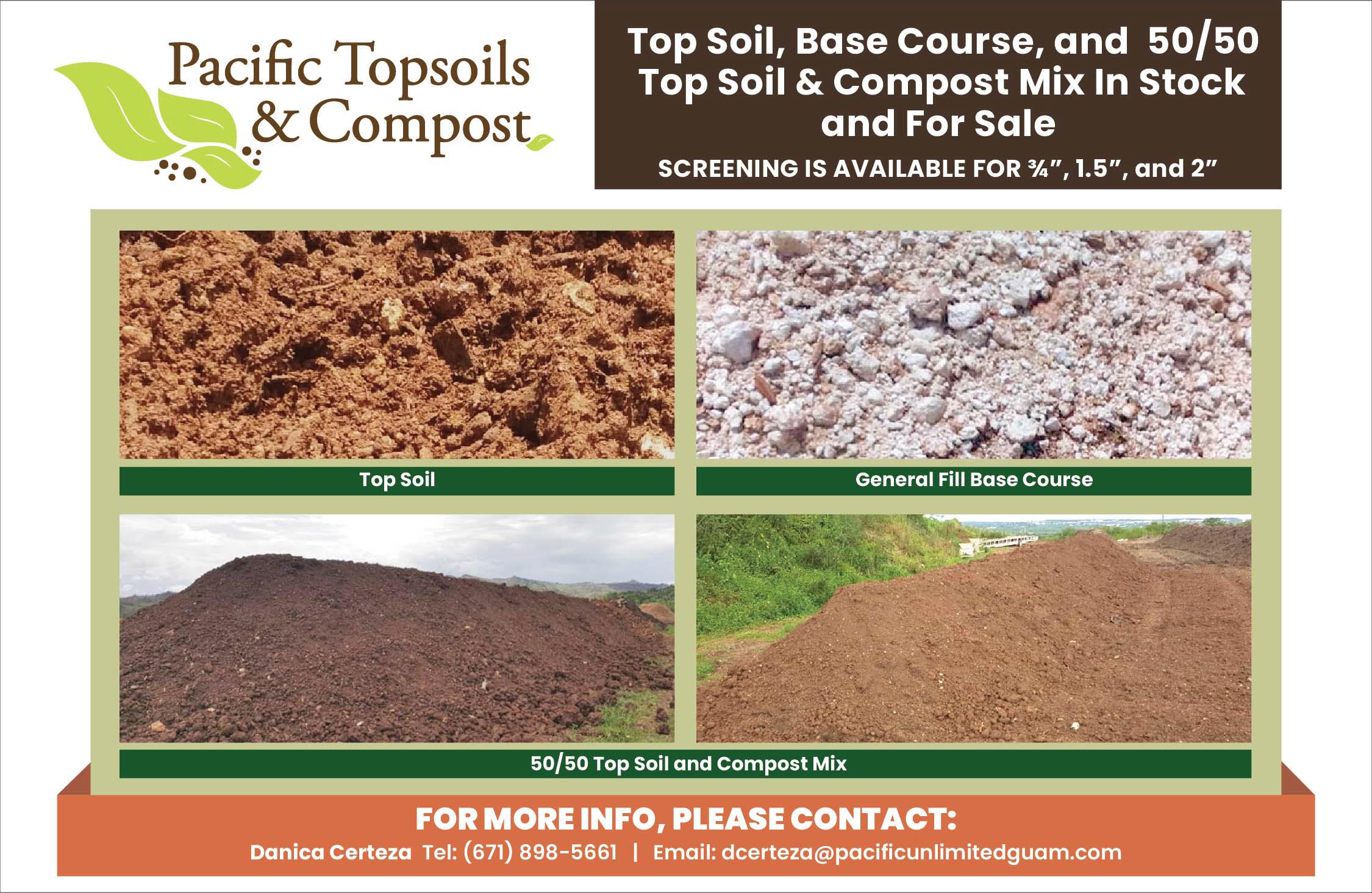


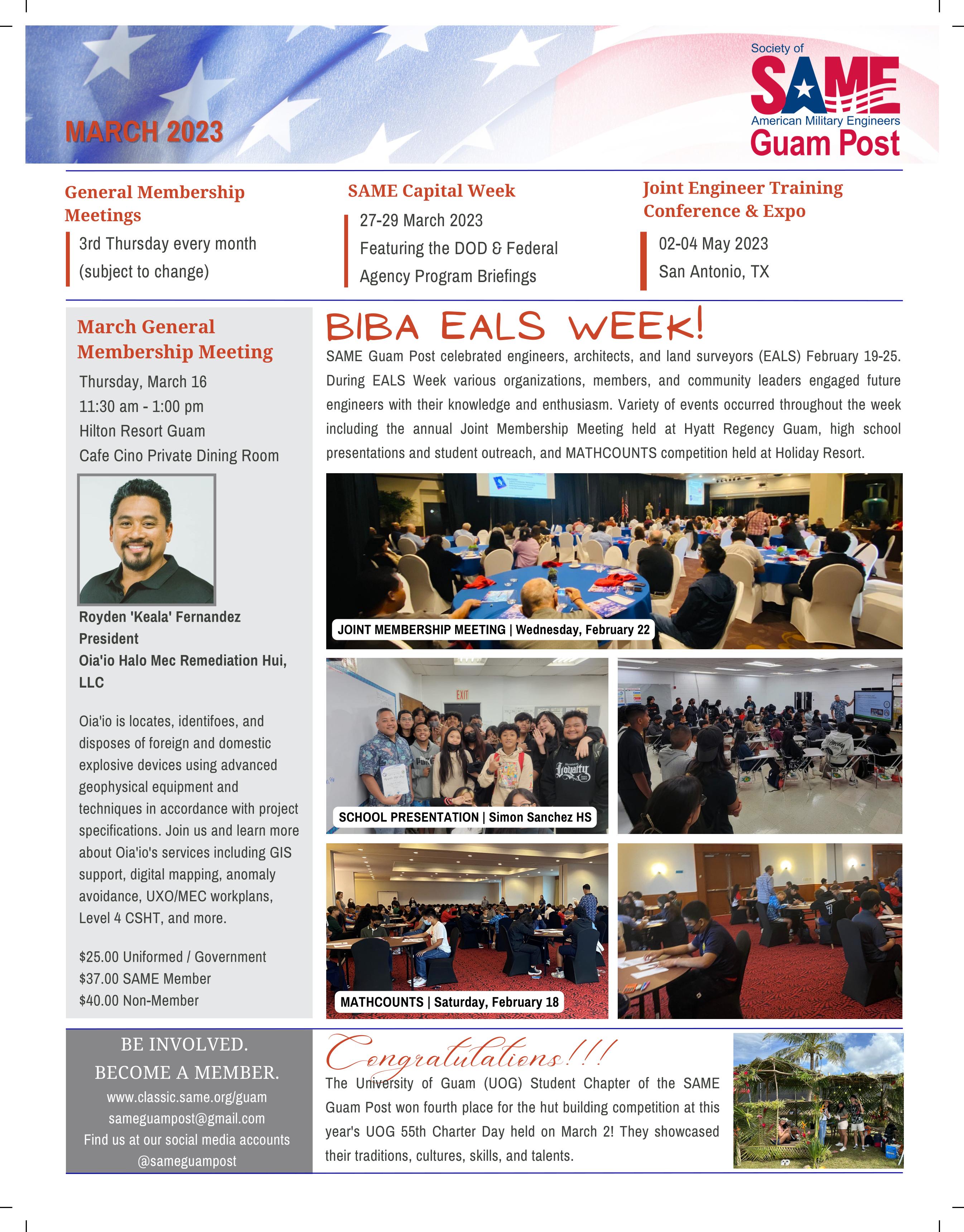













 Letitia Lujan Asst. General Manager
Letitia Lujan Asst. General Manager

































